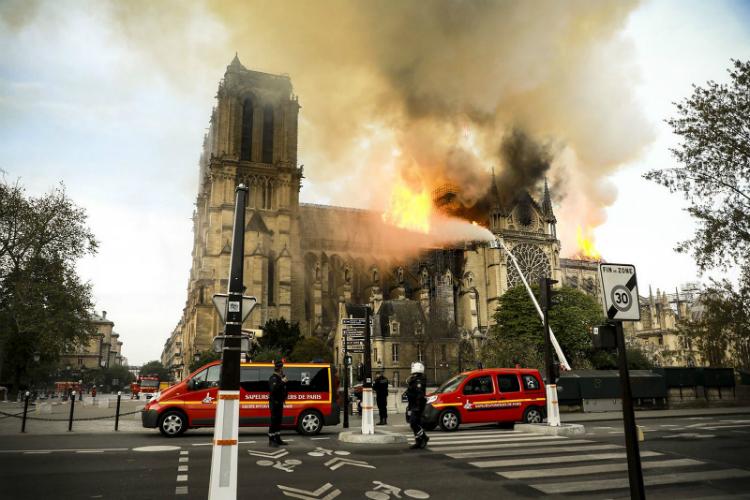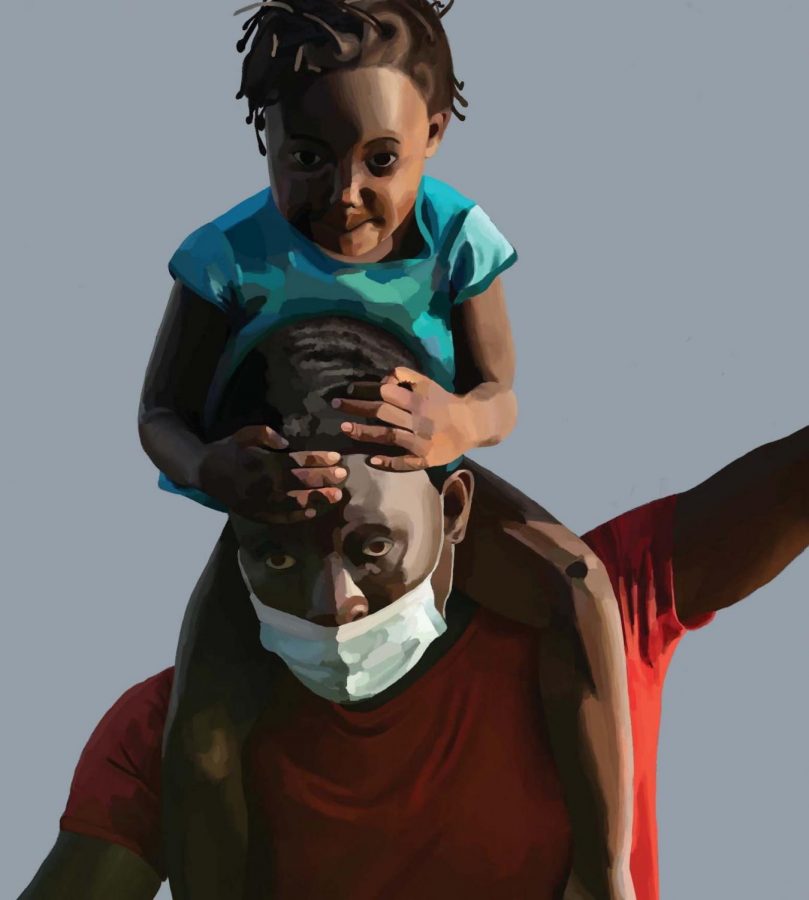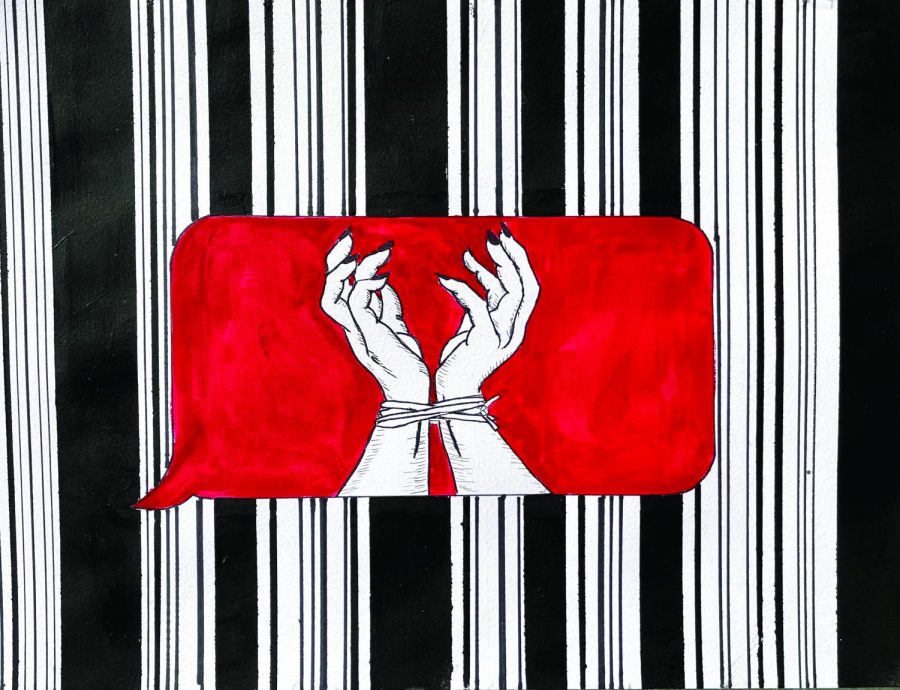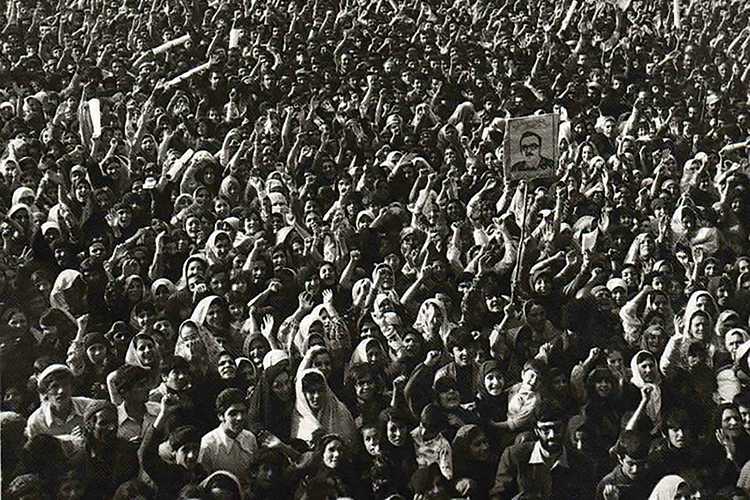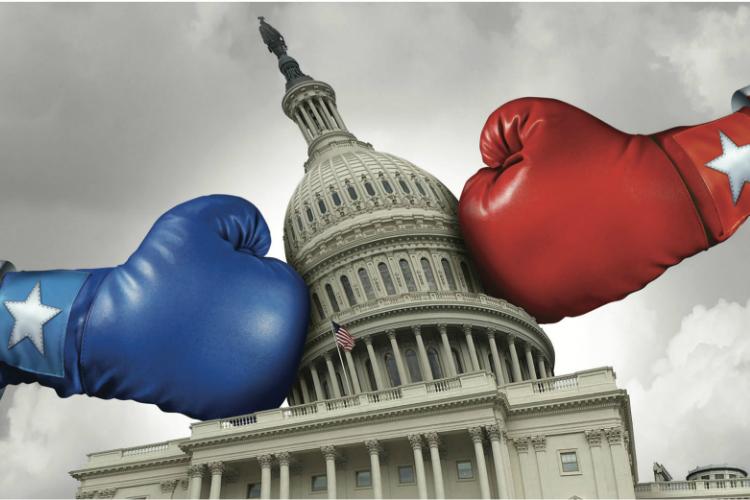//PICTURED ABOVE: Firefighters desperately try to extinguish the fire to save the rest of the building from further damage. On April 15, Notre Dame de Paris burned and lost a significant part of the structure that brought worldwide attention.
On April 15, 2019, Catherine Berryman, a French teacher at Hockaday, was coming back to her room after lunch when she noticed she had masses of messages from friends, some of whom she had not spoken with in a long time.
The first message she read began with “Oh, so sorry, Notre Dame.”
The Notre Dame cathedral burned for nine hours from unknown causes. The start of the fire is currently under investigation and it is suspected to be an accident relating to renovations on the church’s spire ongoing at the time.
About one-third of the roof remains, with most of the roof and the spire of the cathedral destroyed, and remnants of the roof fell onto the stone vault and causing sections of the said vault to collapse. Most stone vault sections remained intact. All the cathedral’s relics survived, as most were kept in the adjoining sacristy, while some artwork and most sculptures were previously removed for renovations. Furthermore, most other articles in the cathedral were either undamaged or are able to be restored.
Thanks to the renovations ongoing to the cathedral’s spire, most articles were not damaged, with copper statues on the roof and other decorations moved temporarily mere days before the fire. France has been trying to raise funding for renovations through government funds and private donations for a renovation program proposed in the late 2010s. The renovation was, as a whole, estimated to cost around 100 million euros.
While funding was difficult to raise, the fire at Notre Dame inspired a heavy flow of donations to its reconstruction and renovation, around one billion US dollars as of this article’s publication raised by April 17, 2019, or in two days time since the fire. Companies and families alike donated, though the amount raised in such a short time has drawn controversy. Hockaday Junior Claire Trochu noticed how donations may have stemmed from a sense of competition between donators.
“The Pinot family pledged 100 million euros that night and, because of this, one of their competitors, another rich family, also donated 200 million euros,” said Trochu. “It sort of fueled this fire of big companies and philanthropists to donate.”
The controversy across social media, like Twitter and Tumblr, sparked over how quickly the money was raised for the cathedral sparks from how other causes, like reducing plastic use and funding social change, receive far less attention and supports.
“While this is an important cause, there is something to be said about how fast this happened,” Trochu said, “as opposed to the social problems we have, not only in France and around the world, and how much trouble those causes have fundraising. That doesn’t mean the money shouldn’t go to Notre Dame, it’s just a little concerning.”
Furthermore, controversy arose over how news outlets focused on the Notre Dame versus other tragic events happening around the same time, such as the Sri Lanka bombings and burning of churches in Louisiana. Maddy Charest, a sophomore at Hockaday, believes that the Notre Dame was reported so heavily upon due to its cultural significance.
“I think that the Notre Dame is a worldwide, universal landmark everyone knows,” said Charest. “Other things going on are equally as tragic and important in the world, but they didn’t touch as many lives as the Notre Dame did.”
In addition, the fire was emotionally touching for many worldwide, like Berryman.
“I understand that the media was trying to cover it because people wanted it,” Berryman said. “I think there was a need for people to see and understand.”
With global attention and a worldwide response, a sense of unity rose from the tragedy, as people in France and out mourn the burning of the Notre Dame. In France, people gathered near the Notre Dame and sang hymns while firemen worked to control the blaze. People all over the world, from average people to high-profile politicians, have shown an outpouring of support for France and grief for the burning of Notre Dame across social media.
“France has had a lot of terrorist attacks recently, between the one in Paris and the one in Nice,” Trochu said. “The French people have been dealing with a lot of tragedy recently, but this feels different because everyone can relate to the Notre Dame. There’s less hate and anger, and instead, it’s grief and love that I feel are happening.”
Story by Catherine Sigurdsson
Photo provided by Flickr user manhhai


